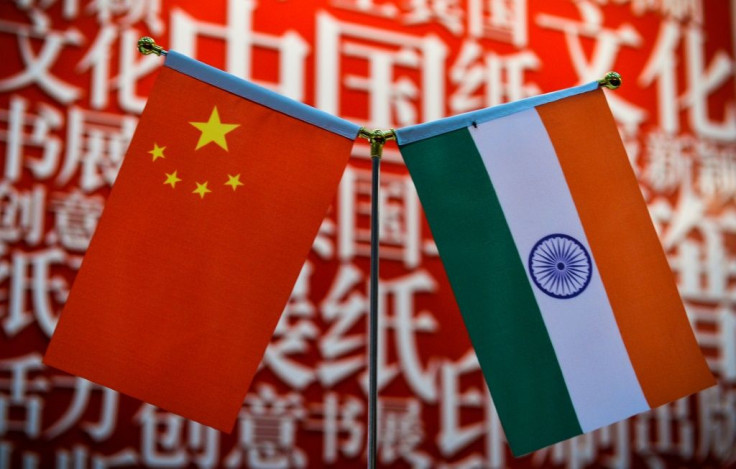China, India Agree To Reduce Tensions After Deadly Clash
China and India have agreed to reduce tensions a week after their deadliest clashes in over 50 years on the disputed Himalayan border left 20 Indian troops dead in brutal hand-to-hand fighting.
The June 15 battle, reportedly fought with fists, clubs and rocks, was the first time troops have been killed on their frontier since 1975 and marked a major deterioration in ties between the two Asian giants.
Chinese foreign ministry spokesman Zhao Lijian said that after talks between the top regional military commanders on Monday, both sides "agreed to take necessary measures to promote a cooling of the situation".
The Press Trust of India said the meeting was between Lieutenant General Harinder Singh, commander of the 14 Corps, and Major General Liu Lin, commander of the Tibet Military District.
"The holding of this meeting shows that both sides want to deal with their disagreement, manage the situation and de-escalate the situation through dialogue and consultations," Zhao told a regular news conference.
The two sides "exchanged frank and in-depth views" and "agreed to maintain dialogue and jointly committed to promoting peace and tranquillity in the border areas", Zhao added.
There was no official comment from New Delhi but an Indian army source said that after the meeting, reportedly lasting almost 11 hours, that there was a "mutual consensus to disengage".
He added that ways to reduce frictions in the Ladakh region opposite Tibet "were discussed and will be taken forward by both the sides".
The meeting came ahead of virtual talks between the foreign ministers of India, China and Russia later Tuesday, ostensibly to discuss the coronavirus and commemorate the end of World War II.
While Indian Foreign Minister S. Jaishankar made no direct mention of the clashes in his opening remarks, Russia's Sergei Lavrov said that Moscow saw no need to mediate between the two countries.
"I don't think China or India need any help whatsoever," Lavrov said.
Russia is a major supplier of arms to both countries.

The Times of India reported that Indian Defence Minister Rajnath Singh, in Moscow this week, would press Russia to fast-track delivery of its S-400 missile defence system as well as spares for fighter planes, tanks and submarines.
China has said it suffered casualties but has not given more details. Indian media reports suggested more than 40 Chinese soldiers were killed or seriously injured.
India has since sent huge reinforcements of soldiers, military equipment and fighter jets into the already highly militarised region. China is reportedly following suit.
In India there have been growing calls for a boycott of Chinese goods.
The clashes followed an earlier agreement to disengage struck in early June after weeks of rising tensions on the border, known as the Line of Actual Control, that included several brawls.
The June 15 violence took place around 4,500 metres (15,000 feet) above sea level in the Galwan river valley, where both sides accuse each other of encroaching on their respective territory.
China is claiming all of the valley as its own, which Indian analysts and officials say is a new demand. China now reportedly controls more of the northern shore of the Pangong Tso lake.
Harsh Pant from the Observer Research Foundation think-tank in New Delhi said he was sceptical that anything concrete had been resolved so far in the talks between the military commanders.
"Anything that the Chinese now say can't be taken on face value. India, hopefully, has learnt its lessons now," Pant told AFP.
"The episode has shaken Indian's belief that a normal rational relationship with China is possible. And the power disparities are so huge that there is a degree of discomfort and suspicion in New Delhi," he said.
© Copyright AFP 2024. All rights reserved.




















